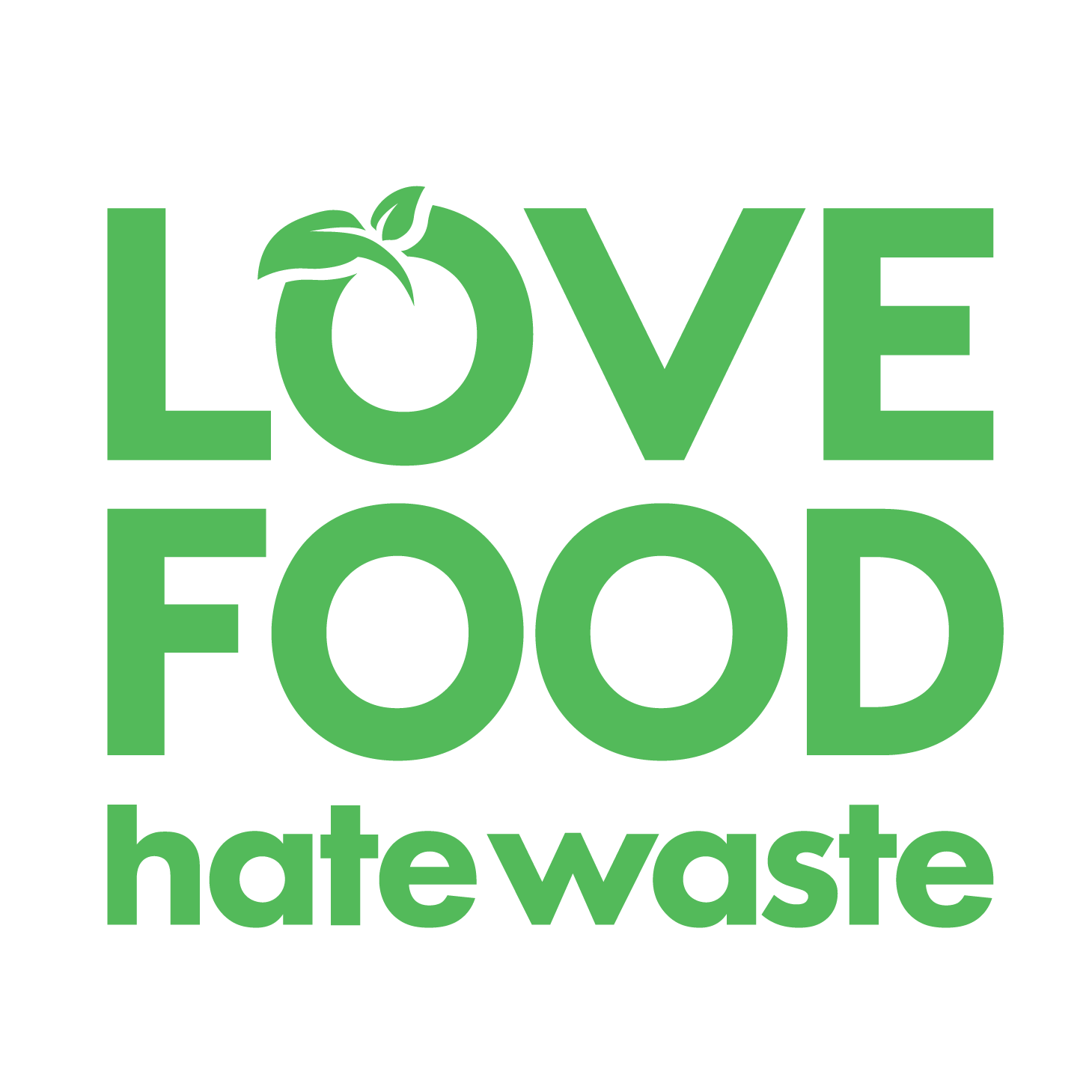The truth about best before dates
23% of avoidable food waste in Canada is caused by the misuse and misunderstanding of best before dates.
Do you need to be throwing away perfectly good food?
We know that the date labels can be a bit confusing. This guide will help you make sense of them and, as a result, save your food from being thrown away while it’s still perfectly edible.
You’ll be surprised by how much this could save you on your shopping bill by helping you get the greatest value from your food that you buy.
- BEST BEFORE DATE
- EXPIRATION DATE
- OTHER LABELS
- IMPACT OF LABEL CONFUSION
- HOW LONG FOOD TYPICALLY LASTS
- HOW TO ASSESS YOUR FOOD
- RESOURCES
- SOURCES
‘Best before dates’ refer to QUALITY: your food will be at its peak freshness, taste and nutritional value before the best before date if its packaging is intact and the food has been stored correctly.
Note: Some manufacturers will use the terminology ‘Use by’ in place of ‘Best Before.’
The history of best before dates
Best before dates were introduced in Canada in 1976, and were originally meant for food items with a shelf life of 90 days or less to help consumers understand how long products like dairy and fresh baked goods would maintain their peak quality.
How best before dates are being used today
Today, despite being unregulated and unnecessary for products lasting over 90 days, best before dates appear on nearly all shelf-stable foods that do not spoil easily. This has contributed to consumer confusion and unnecessary food waste.
Best before dates are determined by manufacturers and retailers, not by food safety regulations. Generally, food companies apply a best before date that is approximately 20% shorter than the true date after which food quality is expected to deteriorate, to uphold a perception of quality.
Best before dates apply to unopened products only. They do not guarantee product safety; however, they do give you information about the freshness and potential shelf life of the unopened foods. Once opened, the food’s shelf life may change. After this date, it might not be at its best. Freshness, taste or texture may be different, but is most likely safe to eat.
Foods that are likely to spoil (such as dairy products and ready-to-eat products) should be eaten as quickly as possible. Refrigerate or freeze your meat, poultry, and shellfish as soon as you get home from the grocery store and follow the storage instructions on the packaging.
How to store food properly to extend its life
Keep perishable foods refrigerated below 4°C and frozen foods below -18°C. Germs grow rapidly at temperatures between 4°C and 60°C. This is called the “danger zone”. Don’t keep meat, poultry, fish, dairy or cooked leftovers at room temperature for more than 2 hours. Storing your food properly in the refrigerator (see fridge storage guide) will help you keep your food fresh for longer.
Tip #1: organize your fridge so you can group items together that are closer to their best before date, so you remember to use them first, when they are at their peak quality.
Tip #2: you can freeze many foods to extend their life. If you’re not able to eat the perishable food you buy quickly, freeze it for another day!
How to read a best before date
Best Before dates in Canada are always written in the same format: Year/Month/Day
(If year is not needed for clarity, the date will be written as Month, Day.)
Here is a list of the abbreviations by month:
- JA: January
- FE: February
- MR: March
- AL: April
- MA: May
- JN: June
- JL: July
- AU: August
- SE: September
- OC: October
- NO: November
- DE: December
What you may begin to notice
The more familiar you get with the different labels, the more your confidence around food will grow. You’ll soon get used to inspecting the food with best before labels rather than relying on just the date on the label. Over time, you’ll begin to realise just how much more edible food is being eaten and saved from the garbage.
‘Expiration Dates’ refer to nutritional specifications: you must not eat food past the expiry date.
Expiration dates are required only on certain foods that have strict compositional and nutritional specifications which might not be met after the expiration date.
There are only five types of food in Canada that should contain expiration dates. They are:
- formulated liquid diets (nutritionally complete diets for people using oral or tube feeding methods)
- foods represented for use in a very low-energy diet (foods sold only by a pharmacist and only with a written order from a physician)
meal replacements (formulated food that, by itself, can replace one or more daily meals) - nutritional supplements (food sold or represented as a supplement to a diet that may be inadequate in energy and essential nutrients)
- human milk substitutes (infant formula)
These specific five food types are the only foods that should be discarded when the date displayed on its packaging has passed.
Not all foods will have a ‘best before’ or ‘expiry date’.
‘Packaged on’ dates are used for foods packaged by a retailer with a shelf life of 90 days or less. They must be paired with durable life information—either a best before date or the number of days the product will stay fresh. Together, these will help you understand how long an unopened product will maintain its quality.
Throwing away food because of best before dates contributes to Canada’s food waste problem.
23% of avoidable food waste in Canada is caused by the misuse and misunderstanding of best before dates.
Wasted food = wasted money
The average Canadian household wastes $1,300 worth of food every year. Learning how to properly interpret best before dates can help you save food and money.
Reducing food waste helps the environment
When food is wasted, so are the resources used to grow, transport, and store it. Keeping food out of landfills helps reduce greenhouse gas emissions.
By understanding best before dates, you can save money, reduce waste, and protect the environment.
If your food has been stored properly and the packaging shows no sign of damage, it is likely still safe to eat well beyond its best before date.
Use this guide to help you determine how long food is generally good to eat.
Adapted from Second Harvest’s Consumer Best Before Timetable and verified by the BC Centre for Disease Control
| Food type | Consume by |
| Dairy (milk, yoghurt, cheese, sour cream) |
|
| Meat (beef, lamb, pork and whole poultry) |
|
| Meat (poultry pieces) |
|
| Meat (ground) |
|
| Fish |
|
| Canned foods (e.g. meat, fish, beans, chickpeas) |
|
| Shelf-stable dry foods (e.g. pasta, flour, oats, rice, crackers, cereal, cookies, chips, popcorn, bagged snacks and granola bars) |
|
Use your senses.
Look at the quality of the food packaging before eating. Steer clear of packaging that is bulging, torn, ripped, infested, has water damage and food that smells bad, contains mould or shows signs of discolouration. While your senses don’t always help you determine whether food has gone bad, it can help you detect signs that food may not have been stored properly and may not be safe to eat.
For additional information, refer to these resources by the BC Centre for Disease Control:
Most foods are safe well beyond their best before dates, as long as they are stored properly and show no signs of damage/spoilage.
- See this extended best before date timetable by Second Harvest to help you determine how long food will typically keep if stored correctly.
- Complete Second Harvest’s quick, interactive e-module to uncover the truth about date labelling.
- Play Second Harvest’s taste or toss game to put your knowledge to the test and see if you can spot the difference between food that’s still good and food to toss.
- Learn more about Too Good To Go’s look-smell-taste date labelling initiative to see how some manufacturers are helping consumers assess their food.
- View this collection of resources created by the BC Centre for Disease Control:
- See Food Banks Canada’s guideline for distributing food past the best-before date

